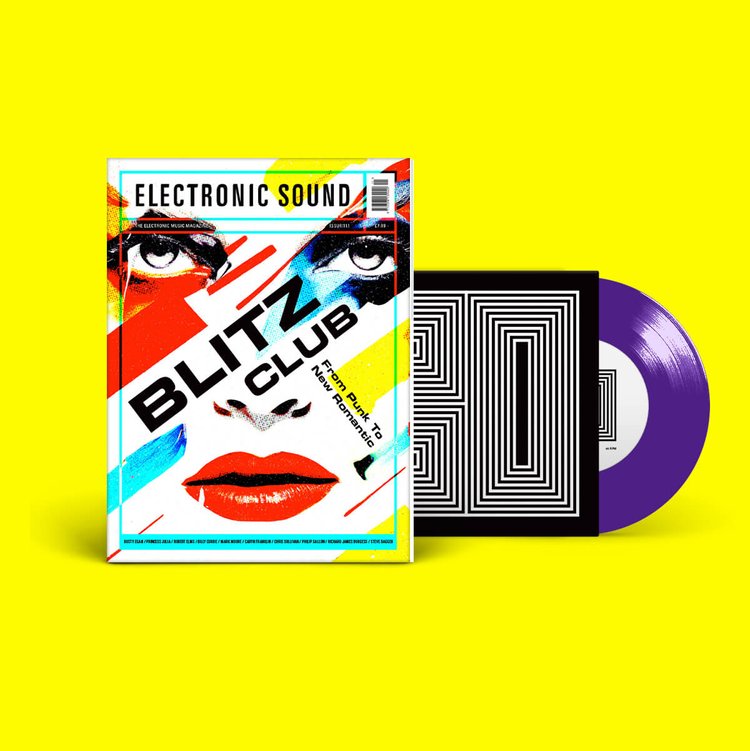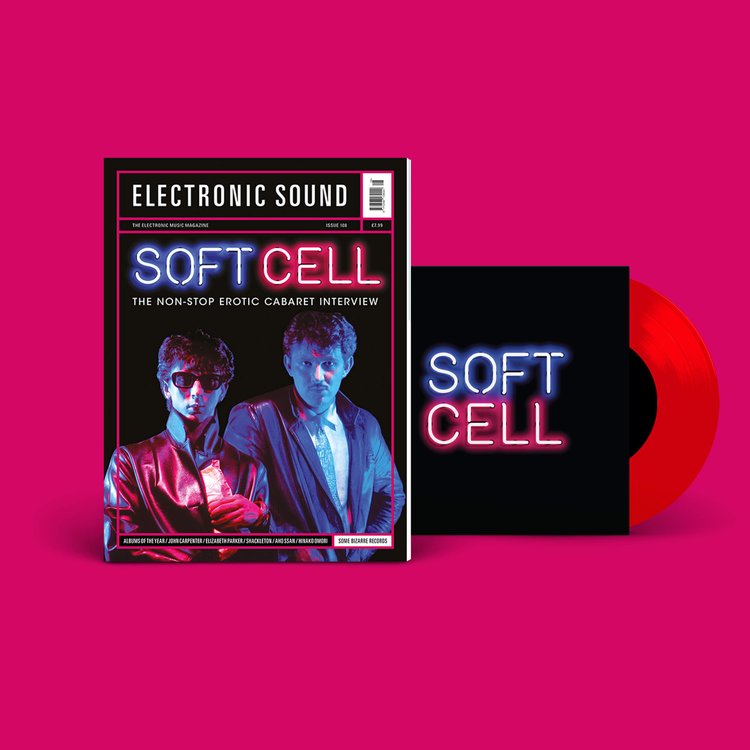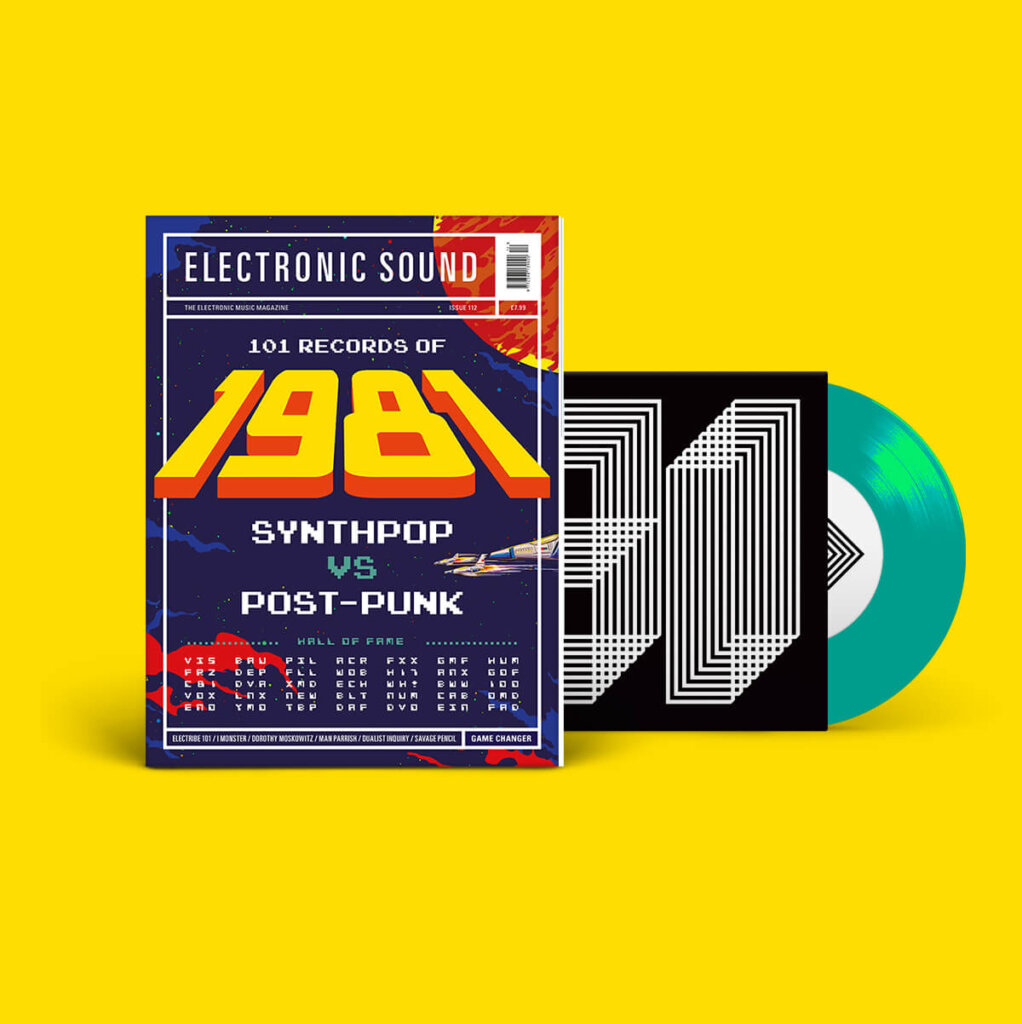Presented by The Radiophonic Institute and the Museum Of Sound, The Sound Of The Year Awards is an annual competition celebrating sonic life in its many forms from across the globe. We caught up with Berlin sound artist Jana Irmert, winner of the Disappearing Sound award, which recognises “A sound unlikely to be heard in the future, but that is worth saving”

Hi Jana. Tell us about your piece ‘Amazon River Dolphins Hunting’?
“I was lucky to record a group of seven or eight Amazon river dolphins hunting in the early evening hours in the Río Caucaya, a tributary of the Putumayo River that separates Colombia and Peru. Using two hydrophones from a little boat, I was able to listen and record the fascinating and varied sounds of the dolphins as they chattered, grunted and hunted using biosonar.I love the variety of sounds the dolphins made, and I think my favourite one is the biosonar – the high-frequency clicks they use for echolocation when hunting.”
What does the Disappearing Sound award mean to you?
“I am honoured to have won in the Disappearing Sound award, and I hope that this recording can spark some interest and compassion in those amazing animals and the Amazon rainforest and rivers as a whole ecosystem. What is happening in the Amazon – the fires, the deforestation, the pollution – might seem far away from Europe, but it is extremely important for the global climate.”
Is there anyone you would like to toast?
“I’d like to thank the boat driver who waited patiently and without moving while I was recording for what must have seemed an eternity to him.”
What’s your background in sound work?
“I am a composer and sound designer, so music and sound design is what I do full-time. I work across live performance, multi-channel composition and film soundtracks, and field recordings are an important part in most projects that I work on. I usually work with a mixture of source material, all kinds of recorded sounds, samples and synthesisers, but I just finished a multi-channel composition using only field recordings I made on two trips to the Amazon. For some reason it didn’t feel right to use other sounds, and I guess I also wanted to challenge myself if I could work successfully within that limitation.”
Who or what inspires you most?
“I love Suzanne Ciani’s quadraphonic live performances. I met her once and asked her how she managed to get the venues and organisers to provide the multi-channel setup, which is not what most venues have. She said ‘You have to demand it!’, and that reminds me that you have to be persistent with what you want for your art.”
Where do you want to record next?
“I would really love to go to Greenland to do recordings on the massive inland ice.”
Do you have some parting words of wisdom for other sound artists?
“Only buy the gear you really need, once you need it. It doesn’t matter what other people have or use. If you can achieve what you have in mind with simple tools, that’s just as good. I also think it’s really important to cultivate what interests you most about sound design and field recording, and to not only develop the skills for what might make the most sense for a career in this field. If you do it out of your own passion and interest, you make yourself less dependent on success, and that, as absurd as it may sound, is a recipe for success, I think.”
To find out more about the Sound Of The Year Awards, go to soundoftheyearawards.com
Get the print magazine bundled with limited edition, exclusive vinyl releases








